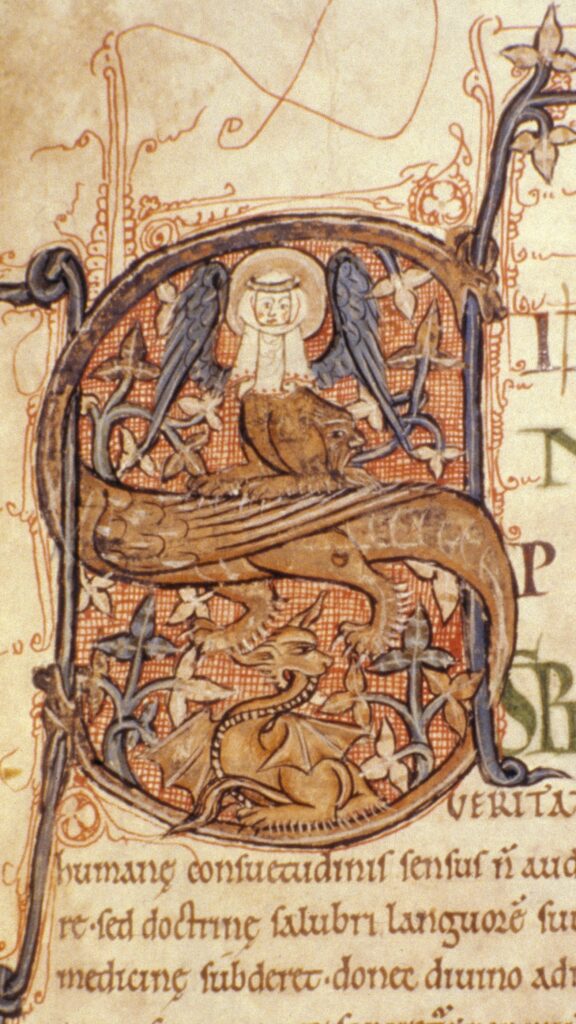In Medieval England, Heraldic Shields were a form of self-expression. Since knights covered their faces, they opted to show who they were through the intricate designs decorating their shields. The symbols featured on these shields often linked to family identity, but knights were particularly fond of displaying symbols such as lions, eagles, and mystical beasts.
The term ‘heraldry’ derives from ‘heralds’, individuals responsible for declaring, keeping track of, and identifying ancient armour. They would be able to identify which armour belongs to who by the personalisation on shield. As the knights wore helmets that covered their faces, it was necessary to find a different form of identification during battles. The profession heraldry became extremely popular, with many apprentice heralds or (pursuivants) collectively employed within the colleges of arms.
In Exeter, heraldic shields often portrayed the Rougemont Castle (also known as Exeter Castle—which you can still visit today!) Notably, they feature two pegasi surrounding the castle which were known as a symbol of virtue—a very knightly internalisation.

Mythical beasts were quite popular in the medieval times. Many of the manuscripts displayed in the exhibition depict mythical creatures and symbolic animals. These symbols were a way of referencing Christianity with many fantastical animals taking on religious meanings. In ‘Gatekeepers to Heaven: religion, knowledge and power in medieval Exeter‘ there is an abundance of fantastic beast and creature illustrations. Pegasi, unicorns, griffens, and dragons are just a few icons you will find in the exhibit.

After visiting ‘Gatekeepers to Heaven’ make your own mark on Exeter tradition by designing your own heraldic shield featuring animals or mythical beasts on 1 August! Then, why not bring your shield along to practice the art of knightly combat on 3 August and put your armour to work?

